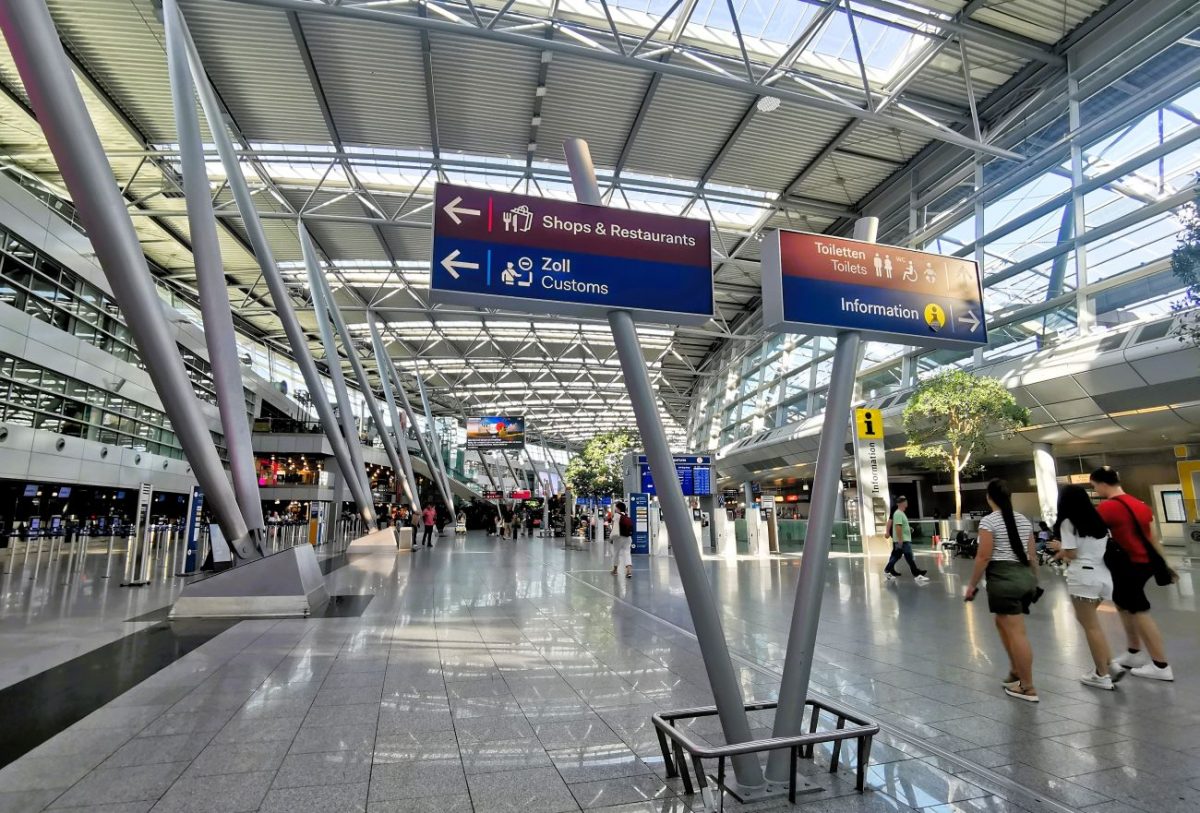Can flight sellers really compete with Google Flights?

Ahead of this week’s Google antitrust ruling, OTAs and metasearch companies are expecting a more level playing field.
When a user makes a flight search via Google Flights, the search engine’s own results have featured most prominently, with competitors being displayed further down the list of options.
With the recent Digital Markets Act in Europe, last year Google made changes to the way flight results were displayed in Europe.
The latest move in the US to rein in Google’s dominance won’t necessarily make the online flight search market that more competitive, says Sergio Mendoza from Airnguru, a fare management, pricing intelligence, automation, and optimization SaaS for airlines.
“Google Flights’ competitive advantage has already created significant hurdles for OTAs and metas, but these pale in comparison to the challenges looming on the horizon.”
“Flight shopping engines will soon be fully replaced by search engines powered by generative AI. Users will be able to find the best deals by expressing their preferences in a single sentence – turning a cumbersome process into a quick and convenient experience.”
He says Google will be at the forefront of this transformation.
OTAs and metasearch companies will have to adopt similar innovations soon to compete.
Even with the recent changes many major OTAs and metasearch companies were still saying recent moves “don’t go far enough” and that Google still has an unfair advantage.
How should flight aggregators fight back? Are there alternative routes to sales that don’t involve the Google ecosystem? It spoke with a variety of travel tech experts around the world to see what alternative options travel sellers have.
Google isn’t necessarily a go-to source for flight bookings globally.
PriceTravel, the LATAM B2B and B2C travel booking giant, says in Latin America, things are different.
“In this region, there is still a very high rate of face-to-face sales through retail travel agents when it comes to both flight and hotel bookings,” said PriceTravel CEO Jorge Restrepo.
“People value the expertise a physical travel agent can bring, so Google is not so much of a threat here. Here, it is more about the online-offline battle.”
Jason Guan, GM of Didatravel’s Flight business unit, also agrees that the Google challenge isn’t a global issue.
“Google Flights doesn’t have the same penetration in Asia Pacific, it’s more of a Western thing.”
“In fact, in China it doesn’t even exist. The issue of competitiveness is consistent across regions though, so you need to also focus on offering great content via a superior user experience and not just offer the right price.”
People have a multitude of choice available to them now, and they’ll quickly lose interest if your booking process isn’t up to scratch.”
One other option involves neither search-led sales or a retail travel agent.
Mike Putman from Custom Travel Solutions (CTS), which provides travel subscription software and solutions, says ‘selling via search is often a race to the bottom on price, so if you’re looking for higher margins consider selling your product in a closed user group.’
This includes a membership organization or employee benefits scheme.
He says users buying via such a platform tend to be less price sensitive, sometimes because they are buying using accumulated points from spending elsewhere or credits provided by their employer.
Another way is via travel influencers and travel specialist media, says Rami Nuseir, Head of Marketing from Stay22, which offers affiliate revenue tools for travel bloggers.
He says: “Travel influencers and media publications can play a huge role in pushing someone towards a certain destination, property, or flight route.”
Meanwhile, Maxim Sevastianov from Trava, whose tech helps transform post-booking processes for online travel sellers, says there’s more to sales than going head-to-head on Google Flights.
“Beyond providing great service, the post-booking process is also a great time for add-on sales. The secret? Smart agents add automation to their post-booking interactions to offer relevant add-ons, resulting in clients purchasing more.”
Inevitably though, many travel sellers do ultimately have to compete in an open and online environment when selling flights, so how do they attract bookings away from Google Flights?
Bastien Crochet from TravelSoft – a leading travel Software-as-a-Service (Saas) company suggests thinking outside the box.
“Even with Google’s new changes, competitor OTAs and metasearch engines will continue to struggle with its significant market leadership.”
One way to compete is through offering differentiated services, like personalized sales of packages and ‘à la carte’ holidays, and curated content.”
“Smaller players can lean on technology to help market this, and can make their own direct booking experiences as seamless as possible.”
Related News Stories: Mabrian Technologies – TravelMole TravelMole Media Group – TravelMole Luxury travel trade event returns to the Philippines Arival – TravelMole TravelMole Media Group – TravelMole DidaTravel – TravelMole Air India teams up with digital vouchering firm iCoupon Nium – TravelMole Gold Medal Celebrate Dubai & Arabia Brochure Launch with Agent … VisitBritain preps for first trade mission to Australia since 2016
Related News Stories: Can flight sellers really compete with Google Flights? Stay22 on LinkedIn: Can flight sellers really compete with Google ... How can I get my travel agency listed on Google Flights and how do ... Not that Google Flights sucks, what site do you use to compare flight ... Trava on LinkedIn: Can flight sellers really compete with Google ... Google Flights - Find Cheap Flight Options & Track Prices Google Flights is Getting Really Annoying : r/travel Find Cheap Flights Options to Saint Martin - Google Flights Google Flights Ends Booking Charges for Airlines That Paid Fly Delta - Apps on Google Play
TravelMole Editorial Team
Editor for TravelMole North America and Asia pacific regions. Ray is a highly experienced (15+ years) skilled journalist and editor predominantly in travel, hospitality and lifestyle working with a huge number of major market-leading brands. He has also cover in-depth news, interviews and features in general business, finance, tech and geopolitical issues for a select few major news outlets and publishers.
Have your say Cancel reply
Subscribe/Login to Travel Mole Newsletter
Travel Mole Newsletter is a subscriber only travel trade news publication. If you are receiving this message, simply enter your email address to sign in or register if you are not. In order to display the B2B travel content that meets your business needs, we need to know who are and what are your business needs. ITR is free to our subscribers.








































Airlines suspend Madagascar services following unrest and army revolt
TAP Air Portugal to operate 29 flights due to strike on December 11
Qatar Airways offers flexible payment options for European travellers
Airbnb eyes a loyalty program but details remain under wraps
Air Mauritius reduces frequencies to Europe and Asia for the holiday season